Europe’s coastline harbors countless island chains waiting to be discovered. Each offers unique adventures beyond the typical Mediterranean hotspots. From remote Nordic outposts to hidden gems in the Adriatic, these lesser-known archipelagos promise authentic experiences away from the tourist crowds.
Whether you seek pristine beaches, ancient history, or untouched wilderness, these 15 underrated island groups will inspire your next European journey.
Kornati Islands, Croatia
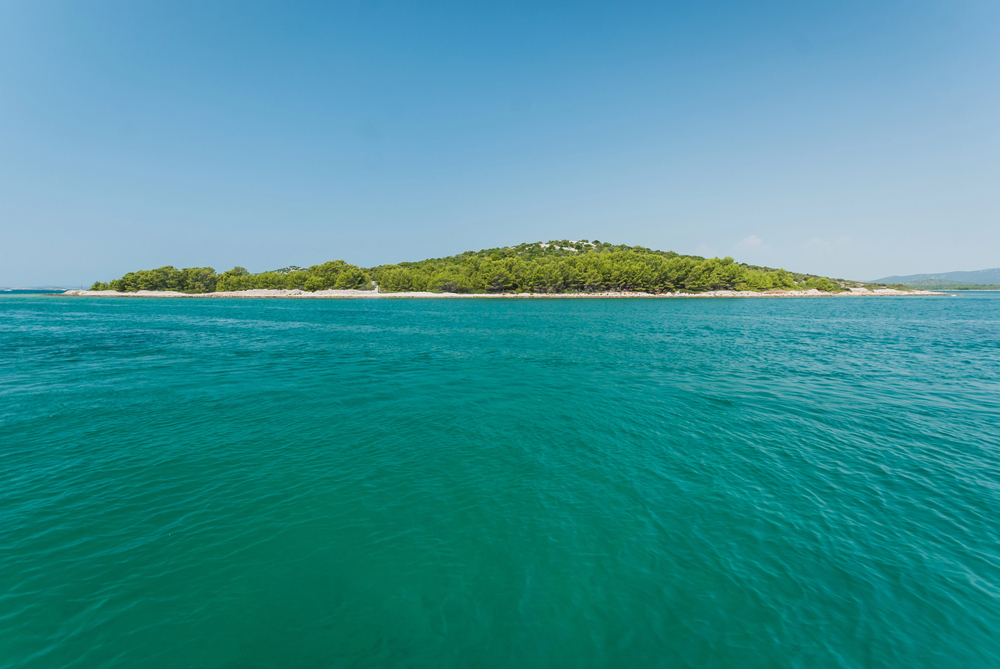
This maze-like cluster of 89 islands along Croatia’s Dalmatian coast offers a sailor’s paradise of crystal-clear waters and dramatic limestone cliffs. The islands’ bare, moon-like landscapes create an otherworldly atmosphere that starkly contrasts the vibrant marine life below the surface.
Local fishermen still practice traditional methods here, supplying konobas (family-run restaurants) with the day’s catch. The area’s designation as a national park has preserved its natural beauty and cultural heritage.
Visitors can explore hidden coves accessible only by boat or hike to ancient ruins that tell tales of past civilizations.
Kvarner Archipelago, Croatia
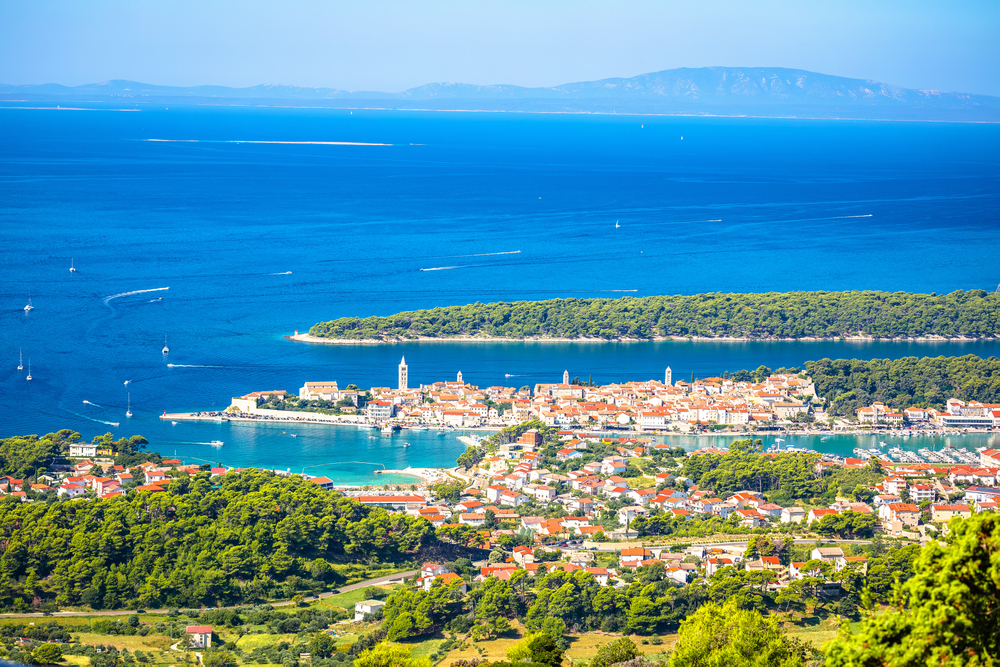
Nestled in the northern Adriatic, these islands combine dense Mediterranean forests, historic coastal towns, and secluded pebble beaches. The largest island, Krk, connects to the mainland by bridge, making it an easily accessible starting point for exploring the archipelago.
Traditional sheep farming still thrives on the rocky slopes, producing the famous Krk lamb and cheese. The island’s mild climate and clear waters attract divers and snorkelers year-round.
Ancient Roman ruins and medieval churches dot the landscape, offering glimpses into the region’s rich history.
Like Travel Pug’s content? Follow us on MSN.
Tuscan Archipelago, Italy
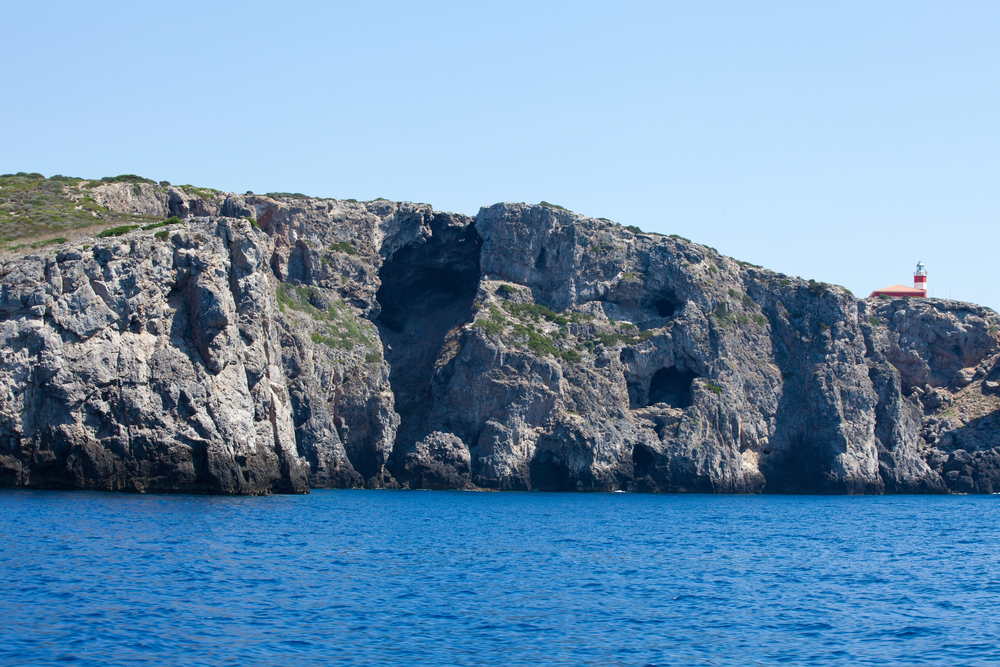
This seven-island chain between Italy’s mainland and Corsica holds stories of Napoleon’s exile and ancient Etruscan settlements. Elba, the largest island, features a diverse landscape of mountains, beaches, and charming villages overlooking the Tyrrhenian Sea.
The smaller islands offer excellent hiking trails and some of Europe’s best diving spots among colorful coral reefs. Local vineyards produce unique wines influenced by the maritime climate and mineral-rich soil.
The islands’ strategic location has shaped their culture through centuries of different rulers and traditions.
Tremiti Islands, Italy
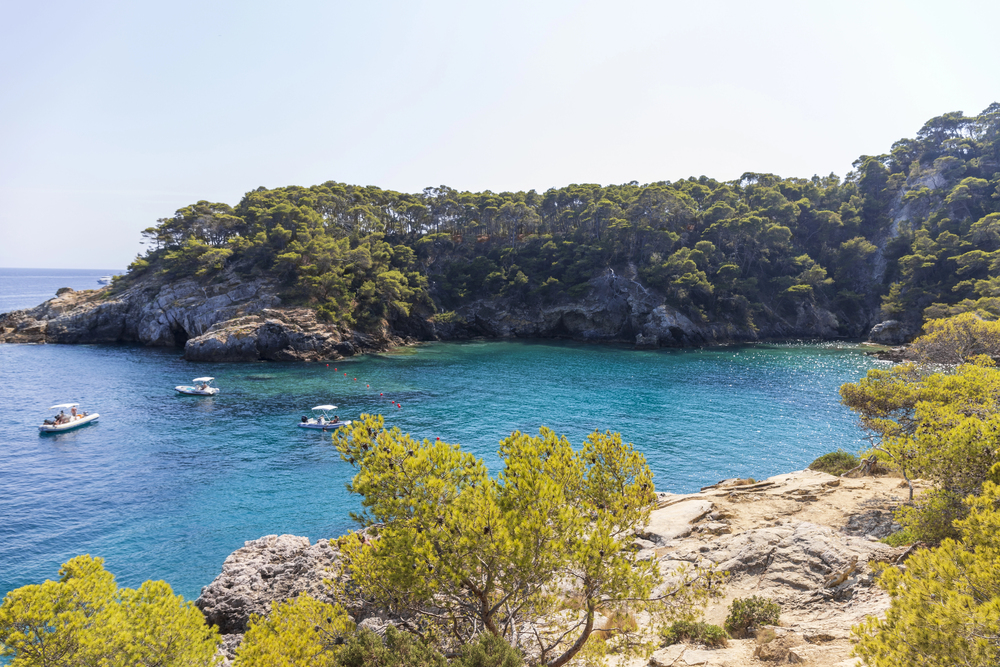
Rising from the Adriatic Sea off Italy’s eastern coast, these five small islands pack centuries of history into their rocky shores and crystal-clear waters. Medieval abbeys and fortresses tell tales of monks, pirates, and exiled Roman nobles who once called these islands home.
The archipelago’s protected marine reserve status has preserved its rich underwater ecosystem, making it a paradise for divers and snorkelers. Traditional fishing methods still survive here, and local restaurants serve catches prepared according to age-old recipes.
The islands’ isolation has helped maintain their authentic character and unhurried pace of life.
Aran Islands, Ireland
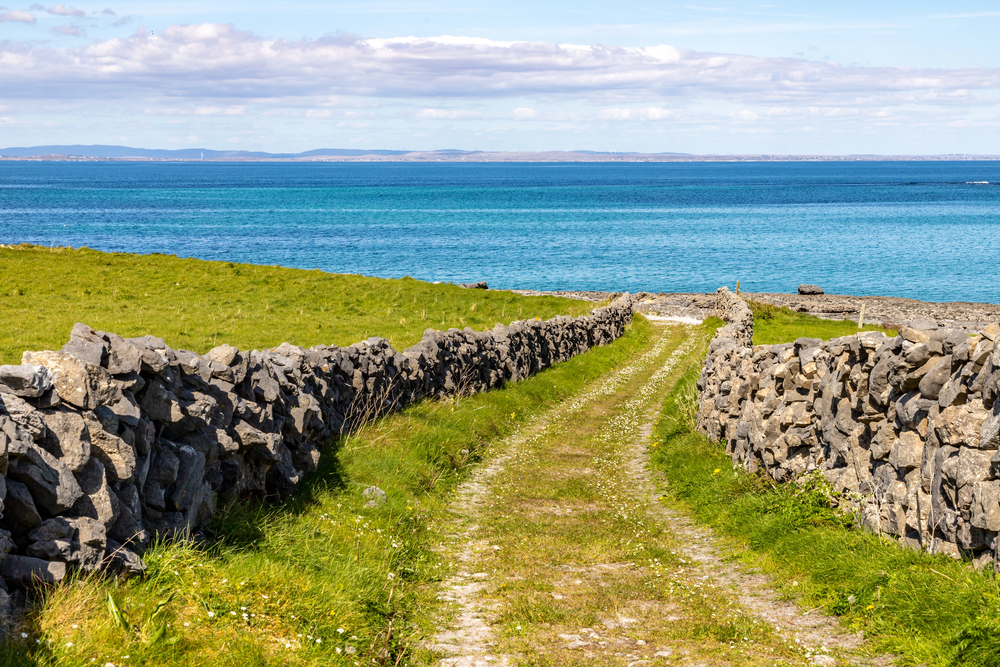
Three rugged islands off Ireland’s western coast preserve a way of life that has endured for centuries. Ancient stone forts perch on towering cliffs, while a patchwork of stone walls creates an iconic landscape unique to these islands.
The local community still speaks Irish as their first language, maintaining strong cultural traditions through music, storytelling, and craft. Residents traverse the rocky terrain in traditional pony traps, and fishermen brave the Atlantic in small wooden currachs.
These islands offer a glimpse into Ireland’s past while facing the wild beauty of the Atlantic Ocean.
Like Travel Pug’s content? Follow us on MSN.
Isles of Scilly, England
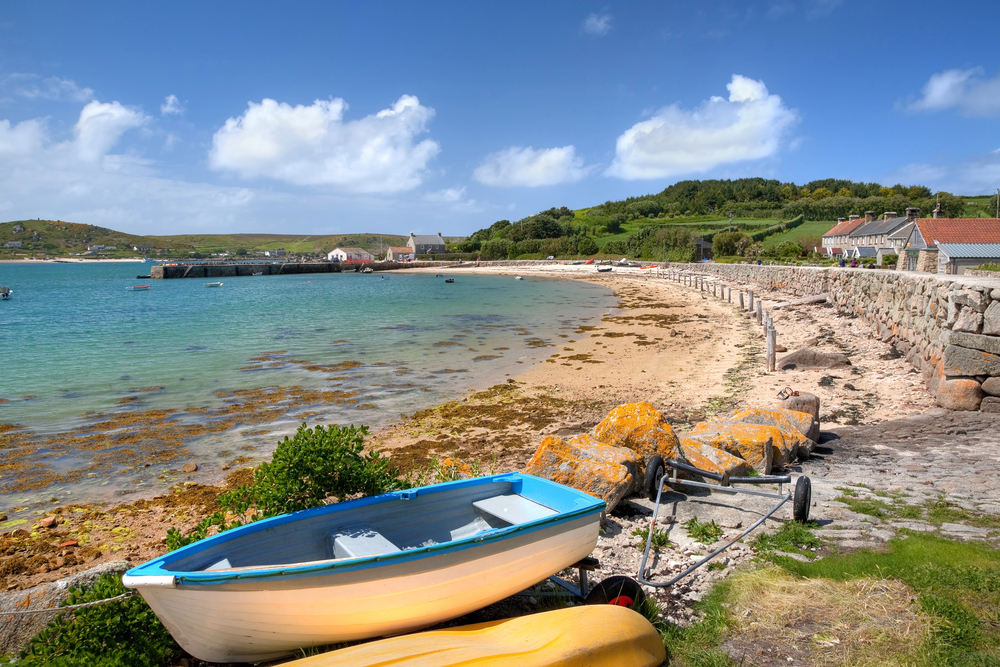
Located 28 miles off Cornwall’s coast, this archipelago of about 140 islands enjoys a surprisingly mild climate thanks to the Gulf Stream. Only five islands are inhabited, each with its distinct character and community.
The islands’ position has created unique microclimates where tropical plants thrive alongside native species. Local flower farmers still send their blooms to London’s markets, continuing a tradition that dates back generations.
Ancient burial sites and medieval castles reveal the archipelago’s strategic importance throughout history.
Northern Sporades, Greece
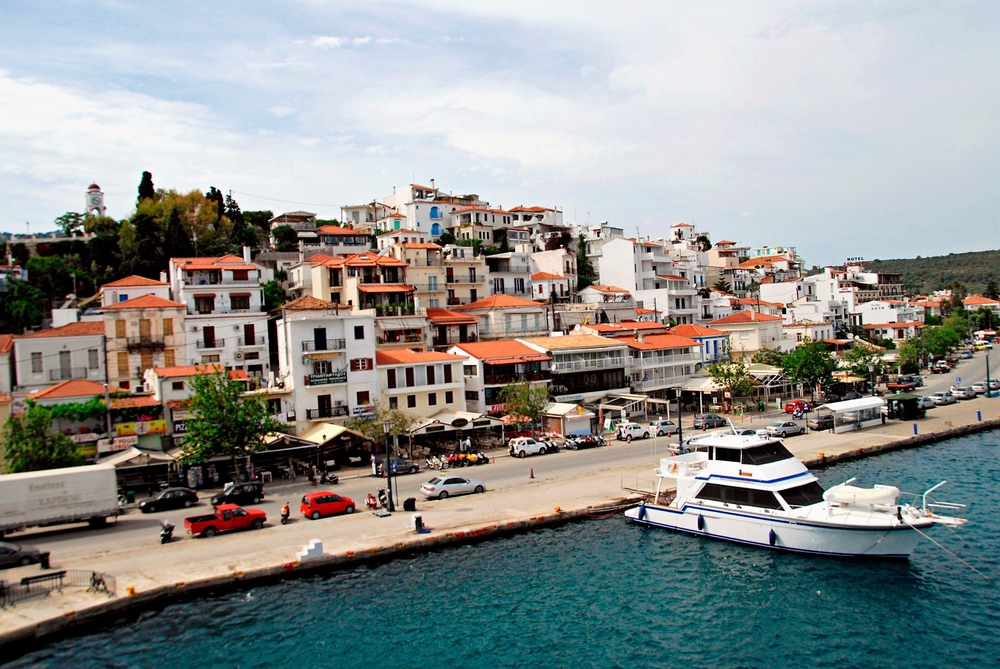
These verdant islands in the northwest Aegean Sea break the stereotype of bare Greek islands with their dense pine forests and clear waters. The marine park around Alonissos protects one of Europe’s largest populations of Mediterranean monk seals.
Traditional shipbuilding continues in small boatyards, where artisans use methods passed down through generations. The islands produce unique honey from wild herbs and pine trees that blanket the hillsides.
Local festivals celebrate ancient traditions with music, dance, and seasonal delicacies.
Åland Islands, Finland
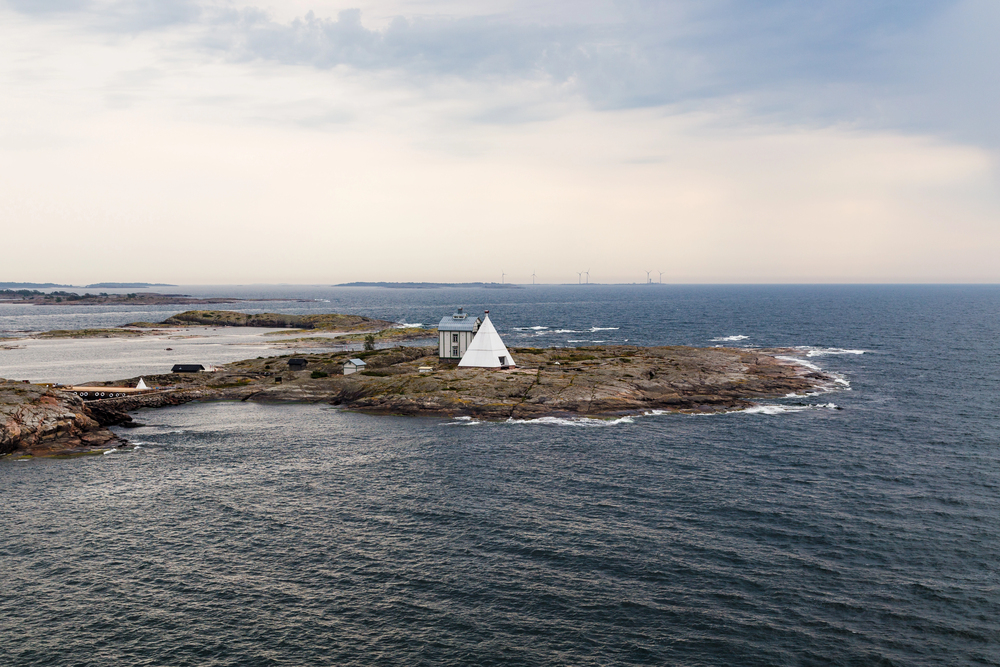
This autonomous archipelago of 6,700 islands between Finland and Sweden uniquely blends Scandinavian and maritime cultures. The islands’ strategic location has left a legacy of fortifications from different eras, and they are now popular hiking destinations.
Local entrepreneurs maintain traditional practices like apple farming and dairy production, creating distinctive regional products. The archipelago’s complex network of waterways provides perfect conditions for kayaking and sailing adventures.
These islands offer visitors a chance to experience Nordic island life in its most authentic way.
Like Travel Pug’s content? Follow us on MSN.
Frioul Archipelago, France
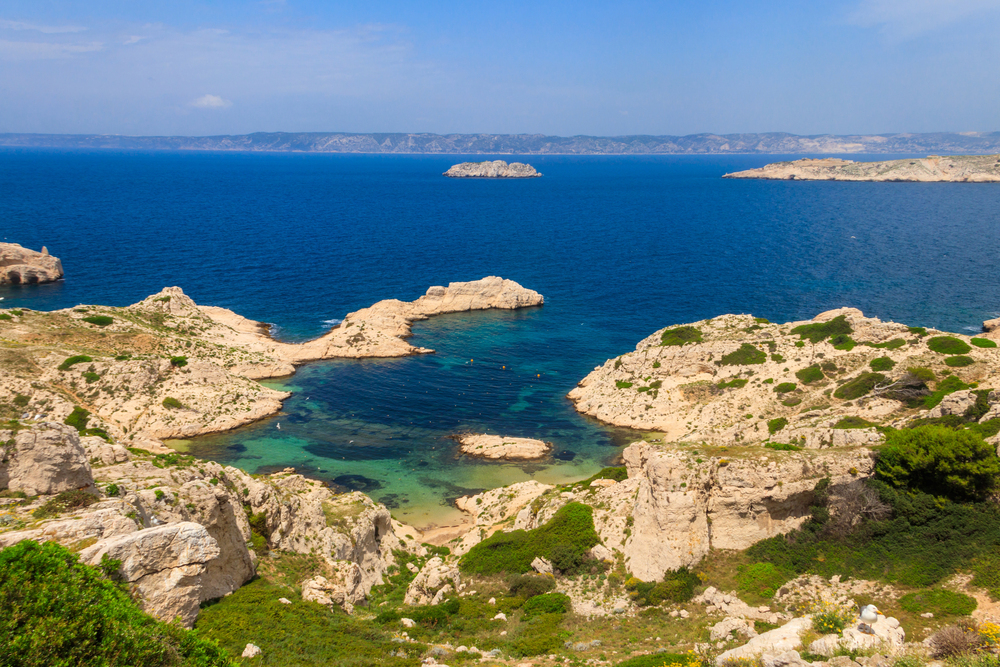
Four limestone islands near Marseille combine dramatic geology, rich history, and pristine Mediterranean ecosystems. The infamous Château d’If fortress, immortalized in The Count of Monte Cristo, is a testament to the islands’ strategic past.
The archipelago’s rugged landscape hosts rare plant species adapted to harsh conditions. Traditional fishing communities maintain their customs despite being close to a major city.
The clear waters and hidden coves provide excellent opportunities for swimming and snorkeling.
Cíes Islands, Spain
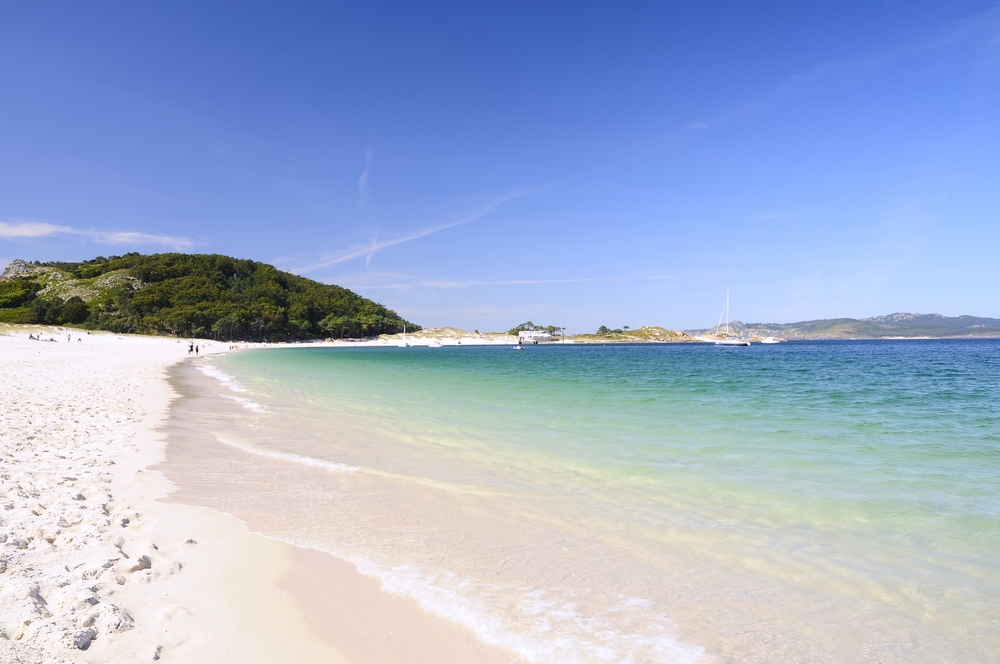
Three pristine islands off Spain’s Galician coast form a natural paradise often called the ‘Caribbean of Spain.’ Their status as a national park has preserved spectacular beaches and important seabird colonies.
Ancient Celtic ruins hint at the islands’ long human history, while lighthouse keepers still maintain their vital role. The dramatic meeting of Atlantic waves and granite cliffs creates unique ecosystems.
These islands demonstrate successful conservation while allowing controlled tourism.
Berlengas Archipelago, Portugal
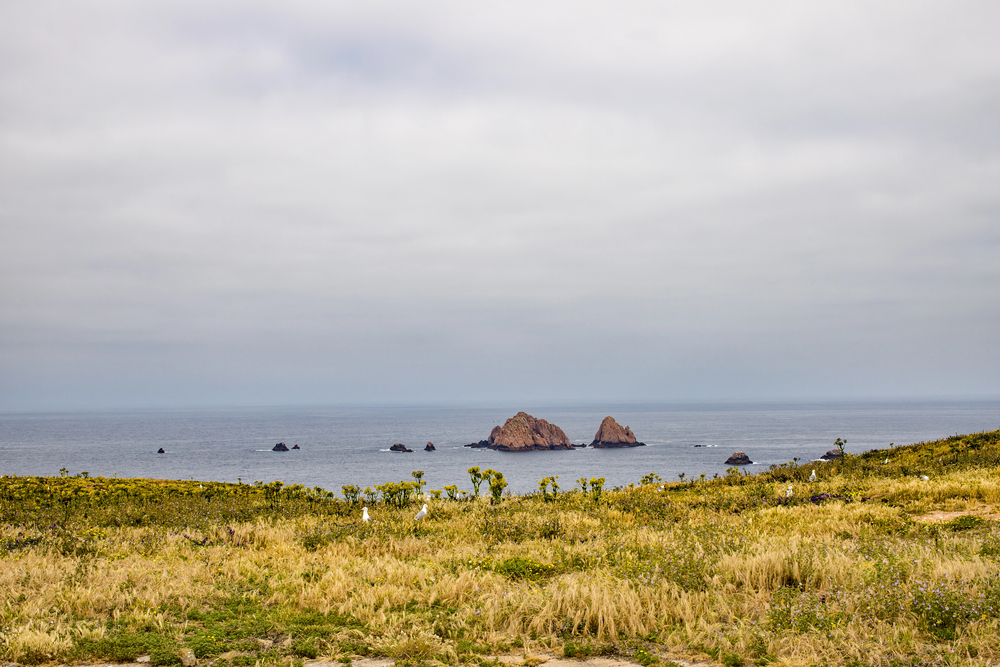
This small group of islands off Portugal’s central coast combines dramatic red rock formations with rich marine biodiversity. The 17th-century fortress of São João Baptista reminds visitors of the archipelago’s strategic importance.
Crystal-clear waters host numerous shipwrecks, making the archipelago a popular destination for diving enthusiasts. The islands serve as important breeding grounds for various seabird species.
Traditional fishing methods still practiced here reflect centuries of maritime heritage.
Like Travel Pug’s content? Follow us on MSN.
Hiiumaa Archipelago, Estonia
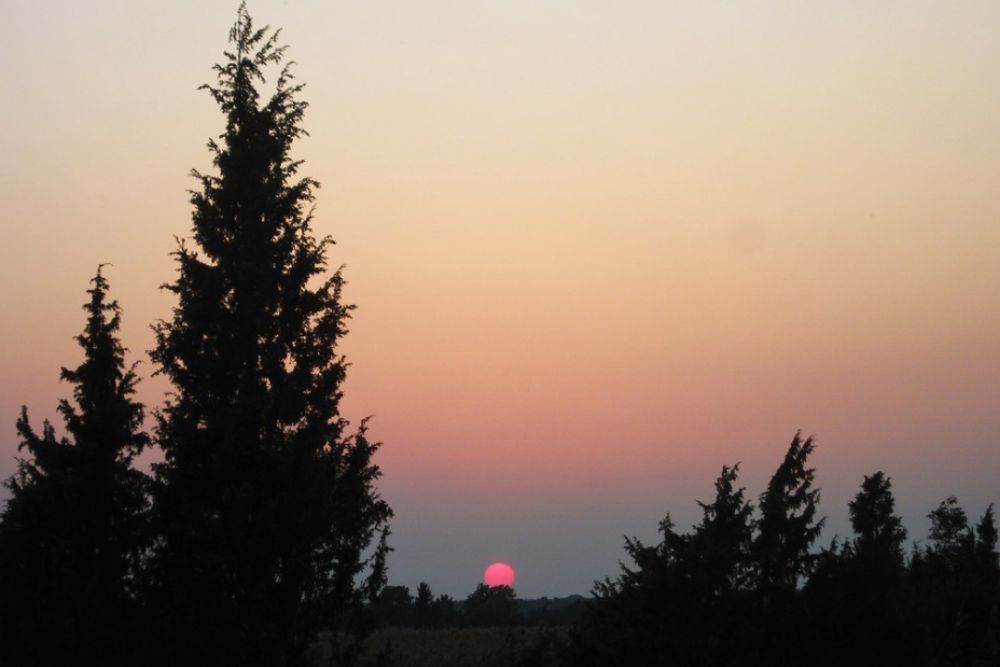
Estonia’s second-largest island and surrounding islets preserve unique cultural traditions and natural landscapes. Ancient lighthouses guide ships through treacherous waters, while traditional wooden architecture reflects the region’s maritime heritage.
The islands’ location has created distinct dialects and customs that still survive. Local craftspeople maintain traditional skills in boatbuilding and wool processing.
The archipelago offers excellent bird-watching opportunities during spring and fall migrations.
Elafiti Islands, Croatia
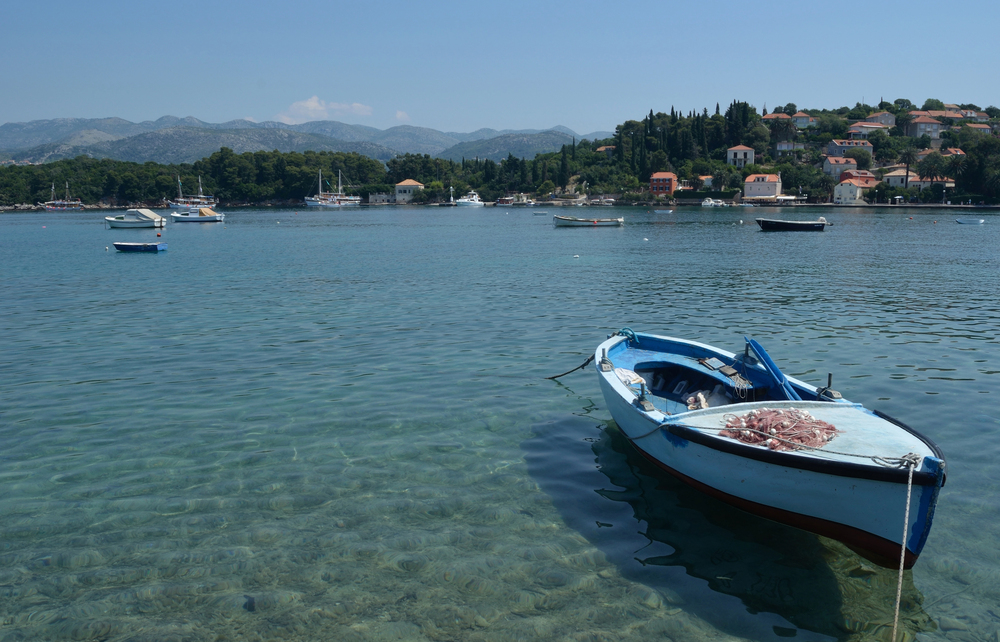
This small archipelago near Dubrovnik features three inhabited islands with car-free villages and centuries-old summer residences. Renaissance architecture and subtropical gardens reflect the islands’ historic role as retreats for Dubrovnik’s nobility.
Local olive groves produce exceptional oil using traditional methods passed down through generations. The islands’ walking trails connect medieval churches and hidden beaches.
Maritime traditions remain strong, with local boats providing the primary connection between islands.
Like Travel Pug’s content? Follow us on MSN.
Furneaux Islands, Scotland
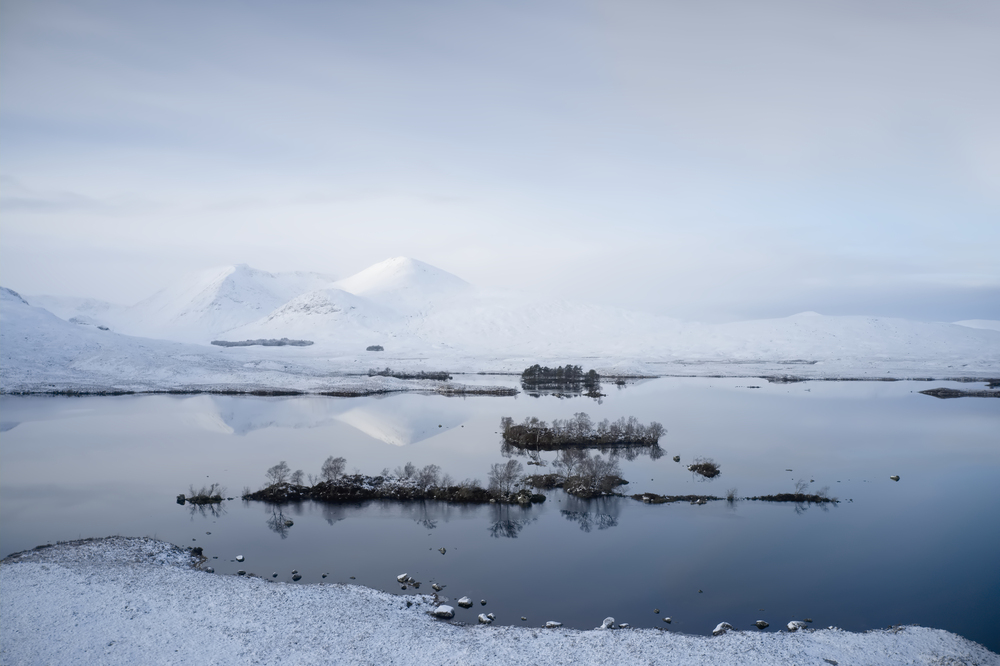
These remote islands off Scotland’s northwest coast challenge visitors with their rugged beauty and strong cultural identity. Ancient standing stones and Iron Age brochs reveal thousands of years of human habitation.
Traditional crofting practices continue to shape the landscape and local way of life. The islands provide crucial habitat for numerous rare bird species.
Strong community ties maintain unique customs and the local Gaelic dialect.
Lavezzi Islands, France
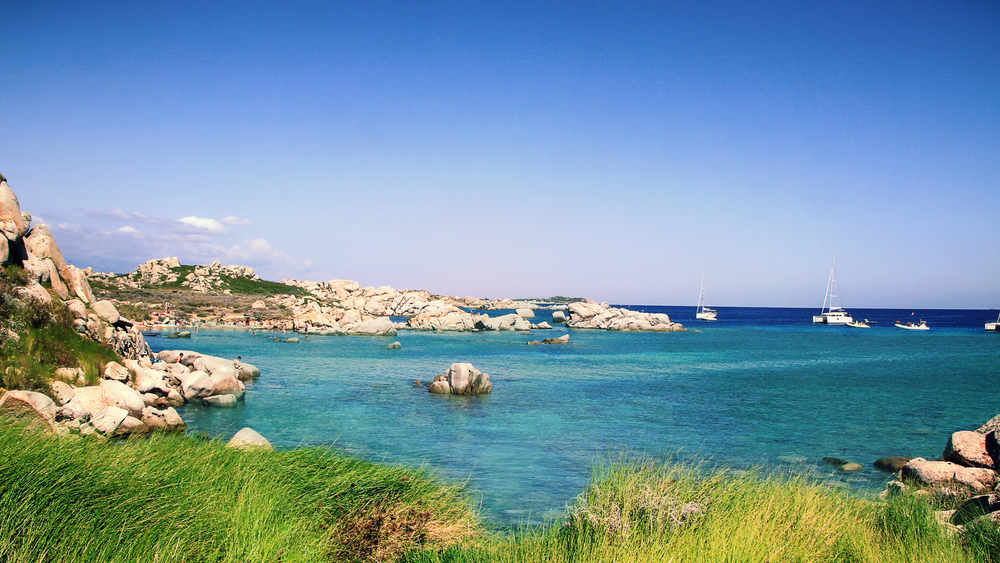
These granite islands between Corsica and Sardinia combine pristine nature with tragic maritime history. Numerous shipwrecks around the islands tell tales of treacherous waters and heroic rescue attempts.
The archipelago’s protection as a nature reserve has preserved its unique Mediterranean ecosystem. Crystal-clear waters host abundant marine life, making it a paradise for snorkelers and divers.
Traditional fishing practices continue while strict conservation measures are respected.
Exploring Europe’s Hidden Island Treasures
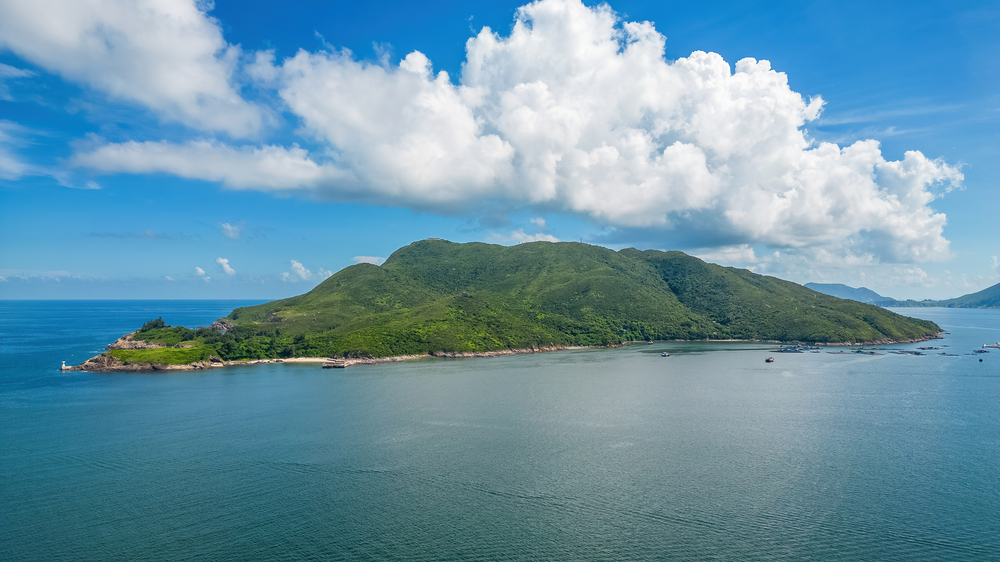
These underrated archipelagos offer authentic experiences that combine natural beauty, rich history, and living traditions. Each island group presents unique opportunities for adventure while maintaining its distinct character and cultural heritage.
Whether you seek pristine beaches, ancient ruins, or traditional village life, these hidden gems prove that Europe’s most rewarding island experiences often lie off the beaten path.
Like Travel Pug’s content? Follow us on MSN.
More from Travel Pug

- 15 Dangerous European Cities to Avoid
- 15 Caribbean Islands Where Tourists Keep Getting Scammed
- The 20 Most Fascinating Abandoned Places: A Journey Through Time and Forgotten Spaces
- 15 Hidden Places in the Smithsonian Museums Locals Love: A Guide to Lesser-Known Treasures
- 16 Hidden Florida Beach Towns That Aren’t Overrun with Tourists
Like Travel Pug’s content? Follow us on MSN.
